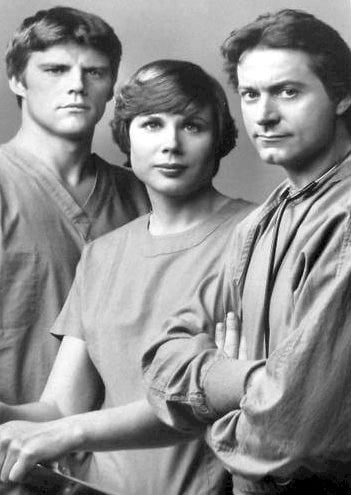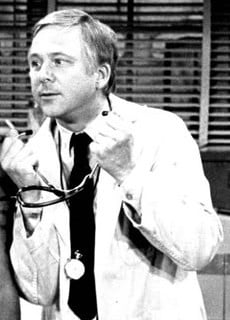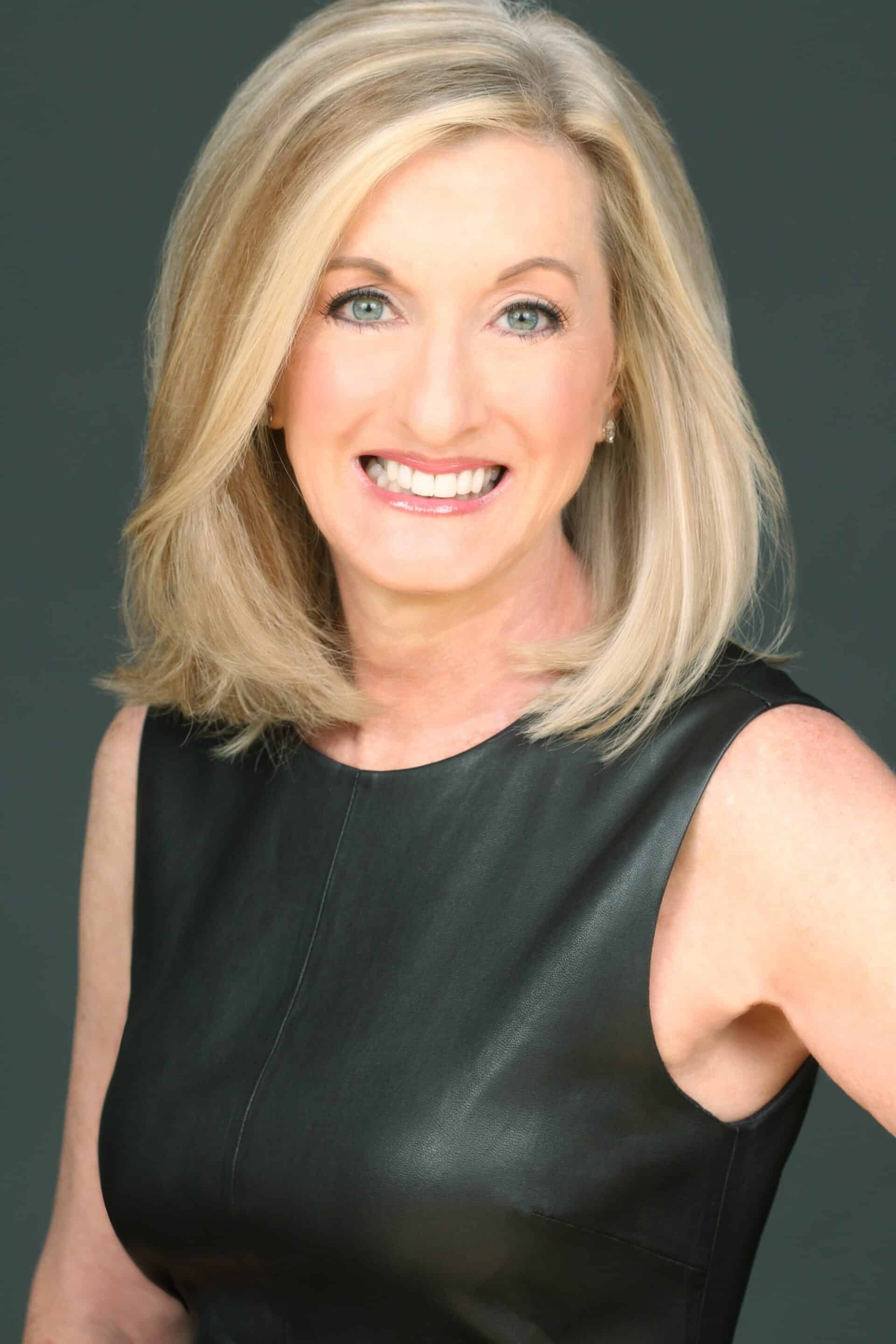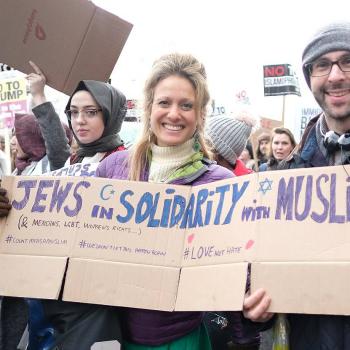
Where Is God in Grey’s Anatomy?
In hospitals across America, faith is a daily presence. Spirituality can be integral to patient care, whether in a prayer before surgery, a chaplain’s visit in a hospital room, or a family struggling with end-of-life decisions. Whether it is Last Rites, a sacrament in the Catholic Church, a mitzvah, a good deed to support the soul’s passage or a recommitment to God’s Will in various faiths, religion is the ritual by which many of us will end our lives.

Prime Time Turns Away from the Sacred
Yet, turn on any primetime medical television drama—from Grey’s Anatomy to Chicago Med to The Good Doctor—and a conversation with or about God is rarely portrayed. When faith
does appear, it is often a source of conflict or strict religious rules that cause distress rather than comfort.
We Learn from What We Watch
Many young people watch these shows, and if they haven’t faced a crisis themselves, they often take what they see as a guide for those moments. But when faith is left out or misrepresented, it can leave them unprepared for real-life experiences of grief or loss. This cultural gap matters—it can leave people unprepared for the choices they may face when bad things happen and make it harder to find strength or meaning in moments of crisis.
A 2024 Script Review
A ChatGPT-assisted review of the 2024 TV hospital series highlights that faith is largely missing from the script. Only a few episodes featured religion meaningfully, and even fewer showed it positively. New Amsterdam is an exception, with storylines that respectfully include spiritual identity and patient needs. But such shows are not common.
Real-Life Medicine Recognizes the Role of the Spiritual
Today’s palliative care models are based on a recognition that spiritual alignment with medical decisions is a key part of the life of a patient with a chronic illness. Research among patients facing terminal illness finds that around two-thirds to three-quarters say religion or spirituality is important in coping with their disease.
By the year 2030, 70 million Americans will reach the age of 65, meaning more families will be faced with parents, grandparents, or friends who are chronically ill. This pending crisis requires us to give people hope.
Faith in the Hospital Setting
Hospital chaplains are staff members in most major care centers. Decisions about end-of-life care, mental health, and reproductive health often involve personal values shaped by faith.

When the media leaves this out, it gives people an incomplete picture of how healthcare and religion connect daily.
Consider the disappearance of the Last Rights from today’s television shows. In the 1970s, TV programs like Marcus Welby, M.D. regularly included scenes where a priest administered the sacrament to a dying patient, offering viewers a sense of closure.
When Religion Only Equals Conflict
But today, when religion shows up on screen, it’s often linked to harm. In Grey’s Anatomy, a lesbian teen is almost sent to conversion therapy by her religious parents. Chicago Med has several episodes where patients’ beliefs get in the way of life-saving care. These are real issues, but it feels one-sided. Faith is reinforced as a problem rather than a source of strength or comfort.
What Authentic Representation Could Look Like
The solution isn’t to romanticize religion. It is to portray faith in its fullness: the internal debates, the acts of compassion, the diversity within traditions, and the moments when belief gets someone through the night.
Content creators have the power to shape how we see medicine and meaning. It’s time for our hospital shows—and all primetime storytelling—to reflect that faith is often not on the sidelines in life and crisis. It’s in the room.













